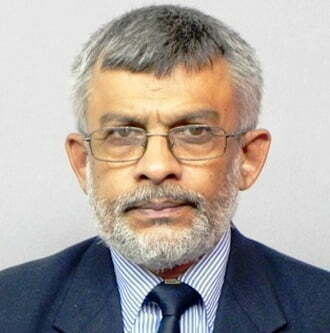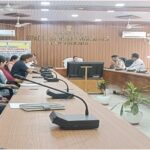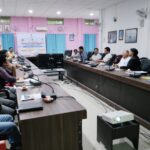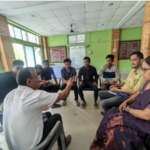NURUL ISLAM LASKAR talks here about the inevitability of public relations activity in almost all the organizations today
Most people have a very vague idea about public relations. Some think that it is all glamour, fun, parties and photo sessions. While there are others who think that it is a fixing job, where others fail to convince or seal a deal, it is the PR practitioner who can manipulate and get the things done. Actually PR is none of this. PR is all about building an image, sustaining it and saving it from damages.
Now you will ask, “Why it is important to build an image and sustain it? Can’t we do without an image?” The answer is a plain and simple – No. None of us, individuals and organisations, can do without an image. It is a good image that gets us acceptability, it is good image again that creates goodwill in the society and lets our work get done without much hostility or opposition. PR is like the lubricant in a car that makes all movements smooth and efficient at the same time protecting metal parts from corrosion and rust.
Both an individual and an organisation, in course of day to day transactions, have to encounter all kinds of people. These people are called their publics. For example, an educational organisation has to deal with students, teachers, and various staff working for it. They are the internal publics of the organisation. Similarly, there are govt departments, banks, service providers and book sellers also with whom the educational organisation has regular dealings. They are the external publics of the organisation.
A good organisation would keep its channel of communication open with its publics. It would find out what their aspirations, expectations and grievances are; and then address those in a manner that its relations with these public becomes better. Once this is done, it can be expected that the image of the organisation would improve immensely and enable it to perform better thereby improving its productivity and overall efficiency.
In this context, we must understand that public relations is not same with advertising or publicity. In advertising, one has to either buy space in the print media or time in the electronic media. In other words, if you have money you can do advertising. In publicity, one tells its target groups about a policy, a scheme or achievements in a particular sector. But public relations is much more than all this. However, all these activities may get merged at times making their differences invisible and there is no doubt that public relations is an endeavour that encompasses both advertising and publicity.
Various tools are used for public relations practices. Among these tools are electronic and print media, outdoor publicity, advertising, publicity, lobbying, house magazines, exhibitions and fairs, social media, films, songs and drama, corporate gifting and CSR.
One essential ingredient of public relations is communication skills. Therefore, a public relations practitioner must have good communication skills in all verbal, written, and social modes. He or she must be honest, truthful and of helpful nature. There was time when a person could become a public relations practitioner without any professional knowledge. But today’s situation is different. A person is expected to have either a degree or a diploma in public relations to be successful in the role of a public relations manager. The good point is that today there is a growing need for public relations managers in all corporates, govt departments, and even NGOs. But what is more encouraging than this fact is that more and more educational organisations are today geared up to offer professional courses in public relations which was a rarity even two decades ago.
[The author is a media & PR consultant besides being the founder of the first PR agency of the North East, Cabsford Public Relations. Send feedback to: nurul.laskar@gmail.com]







